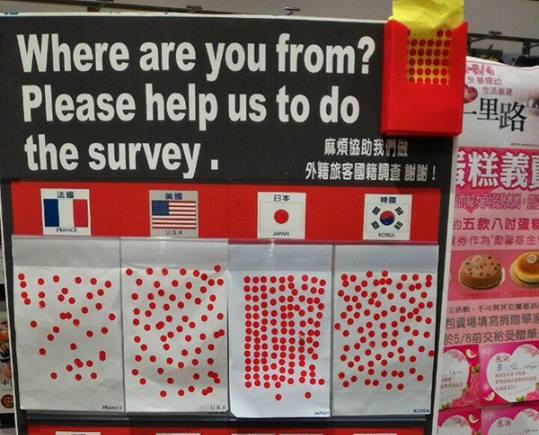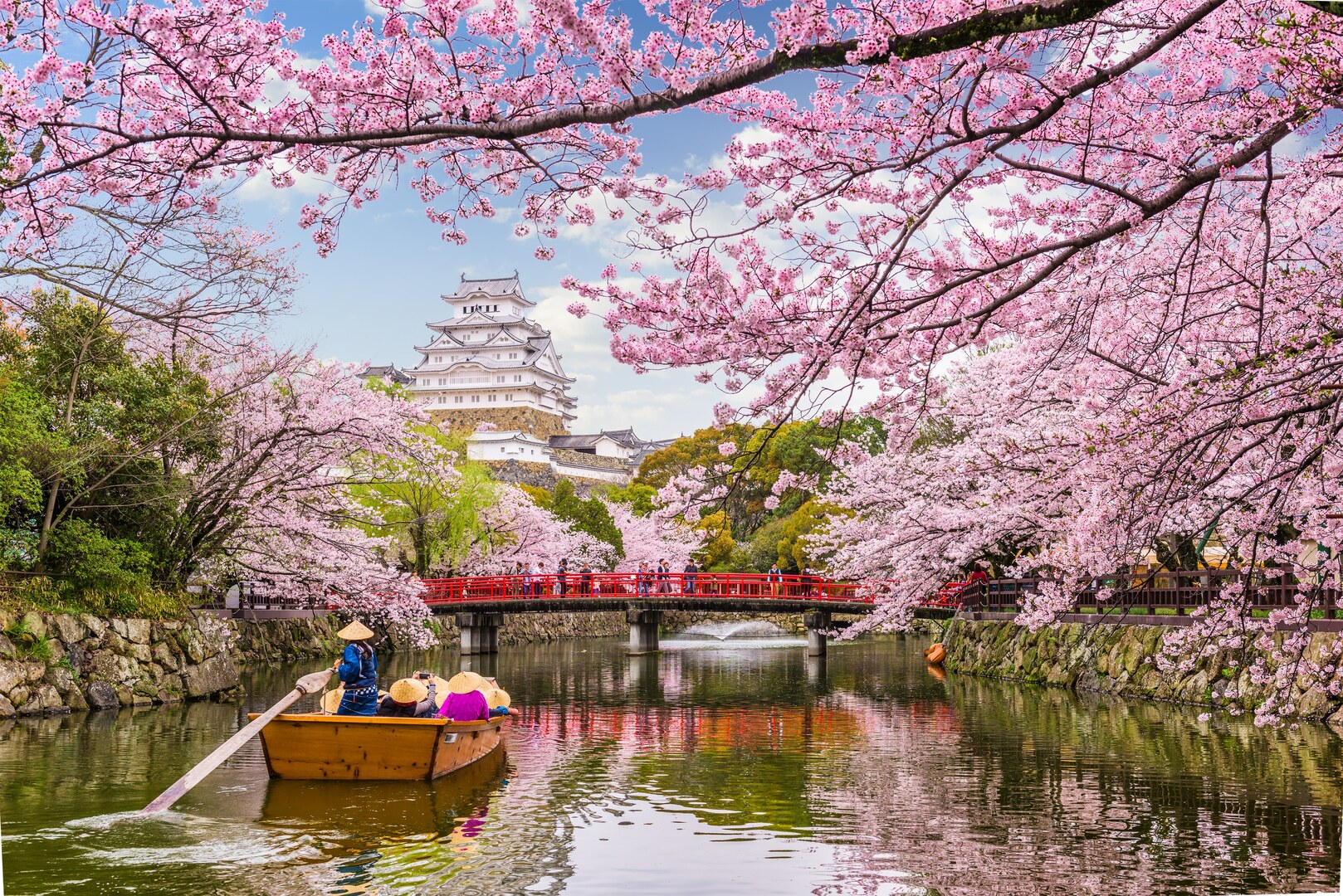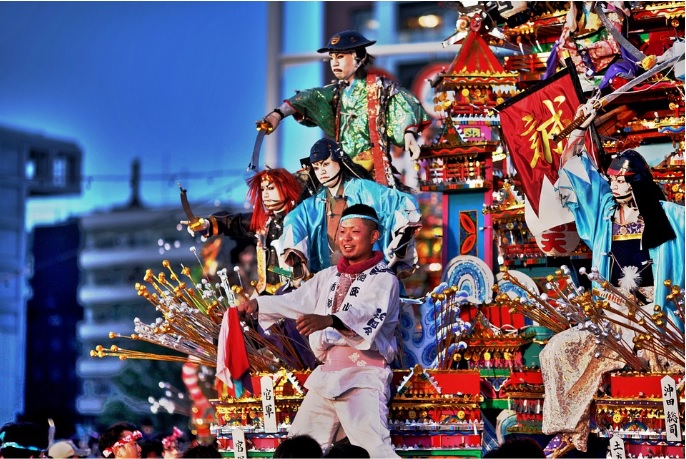
So how would you really know if a person is a Japanese or not? Fair-skinned? Narrow eyes? Slender bodies? Looking at the physical appearance may not be the best way to do it as most East Asians have more or less similar characteristics.
As observed in the photo above from reddit.com, there is a significant order in the designated box for Japan. For the them, it is not merely an action; it should be a well-coordinated and precise action.
A culture known for its accuracy, the Japanese duly respects the concept of wa, or what is known as group harmony. Represented by the character 和 – wa denotes the feeling that everything flows smoothly and everyone knows precisely what to do and how to act in a given situation. Some say that the behavior might have originated in the Confucian concept of harmony, wherein things can coexist perfectly. Others claim that it could have come from Japan’s early agricultural practices, wherein precision is highly observed. Some report that it was because of Japan’s strict feudal laws.
Whatever the origin is, wa has been an essential part of the Japanese society. But what do we exactly mean by this passion for accuracy? Here are some representations that will give you an idea on how exact Japanese precision is.
1. Synchronized Dancing
The unique trait has become eminent in the arts.
The dancing band, World Order, as featured in a watch advertisement. To watch the video, click here.
World Order is not your ordinary dancing boy band. Combining the image of a usual Japanese salary man with pop music and conceptual dance moves, the group has definitely created a style of their own. Formed in 2009, the group has gained popularity not only in Asia but also in Europe, and America.
For more information about the band, you can visit their official website.
2. Synchronized Walking
But it seems like the Japanese are also good in other forms of coordinated movement, even when they are merely walking.
Walk like a Japanese. To watch the video, click here.
In this video taken from an event in Nippon Sports Science University in 2013, student Keiko Suzuki believed that this activity would prove that the new generation still possesses discipline and is still able to practice precision in their actions. Suzuki also said that demonstrating this might give these students an edge over other work applicants during that time.
3. Haiku
Precision is present not only in the Japanese dances but also in poetry.
“Shizukasa ya
Iwa ni shimi-iru
Semi no koe”
Penetrates the rock, calm and serene, the sound of a cicada. Translated to English by Yuzuru Miura from wonderhaikuworlds.com, this is one of the more famous works of world-renowned haiku poet, Matsuo Basho. Each traditional haiku poem consists precisely of 3 lines and 17 syllables: five of which are on the first line, seven in the second, and five on the last. Most haiku poems are descriptive representations of the human feelings about nature or the different seasons in Japan.
4. The Tokyo 2020 Logo
Synchronicity can also be observed in other areas of Japanese life, as in the official emblem of the Tokyo 2020 Olympics.
The winning design, created by artist Asao Tokolo is a harmonized chequered emblem based on a historical pattern. According to wired.com, the pattern first appeared in an outfit worn by Ichimatsu, a Kabuki actor in the Edo period. Since then, the pattern became a fashion trend and became known as ichimatsu moyo. Tokolo’s design also uses only three varieties of rectangular shapes, repeating them to create a solid representation of unity and harmony.
To have an elaborate explanation of the concept of harmony in the logo, you may watch the official Olympic emblem video here.
5. Daily Life
Are you still not convinced about the synchronicity of the Japanese people? This last video is a real-life example of how precise things are in the Land of the Rising Sun.
See those arrows on the platform? Watch here how the train doors align exactly on those arrows.
Now, maybe one can really scrap the physical appearance as a criterium for spotting the real Japanese. Exactness and precision may just be the trait you need to recognize the real Japanese.









